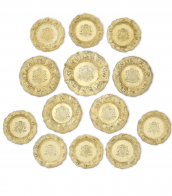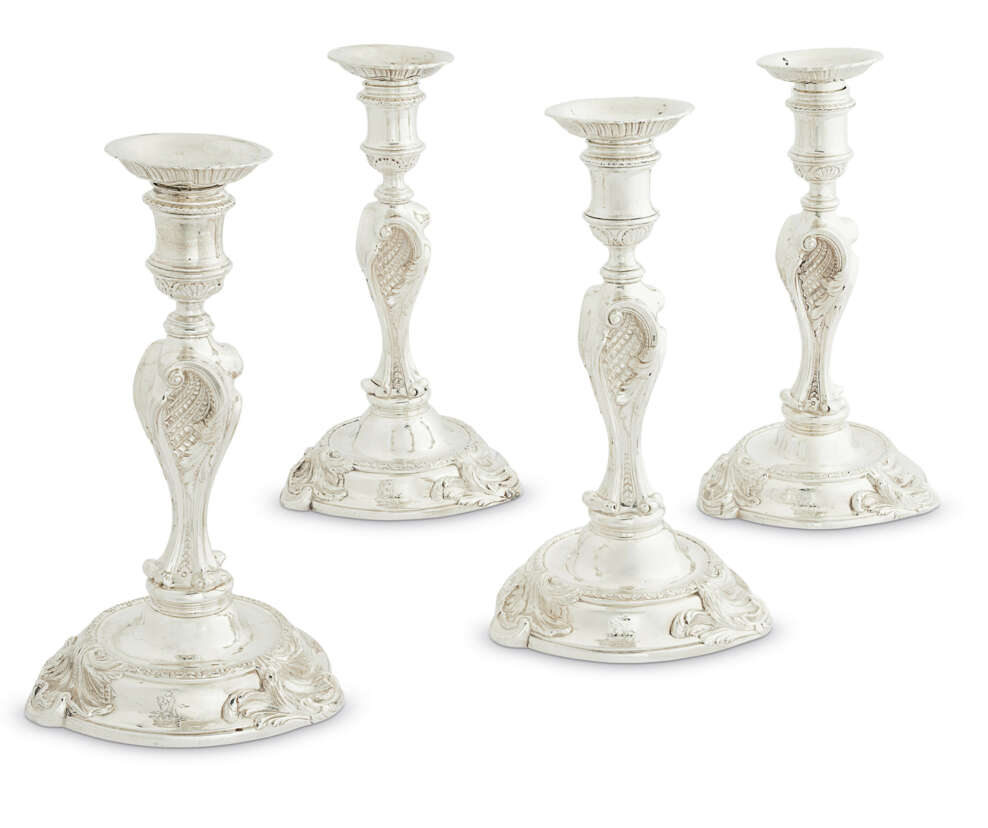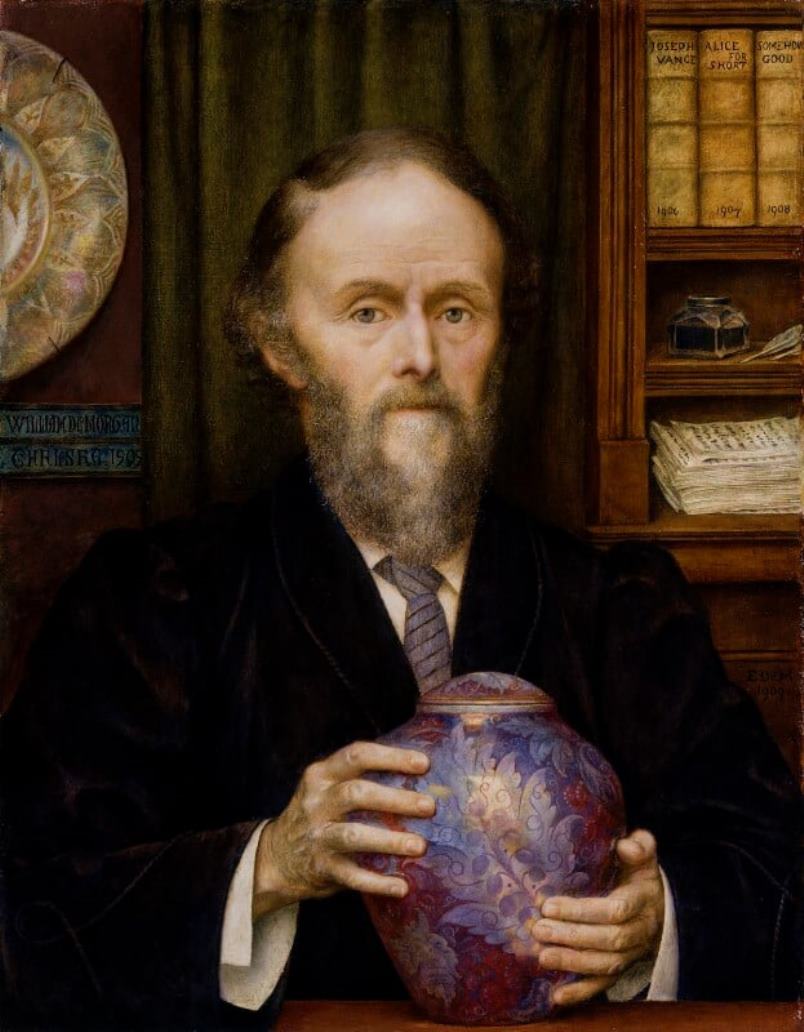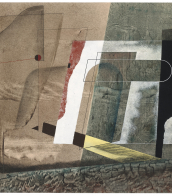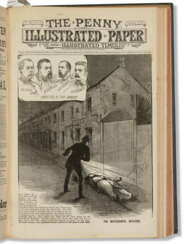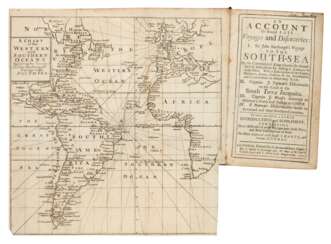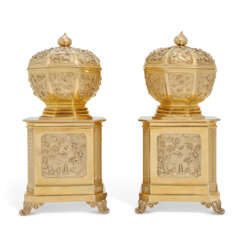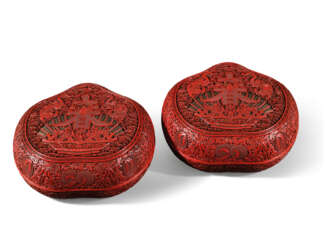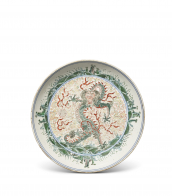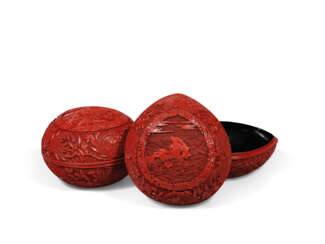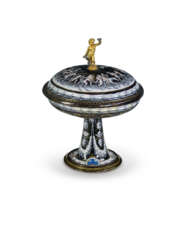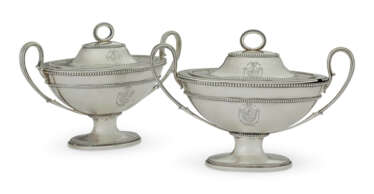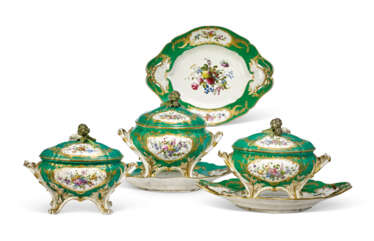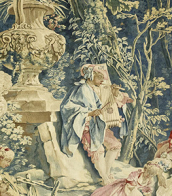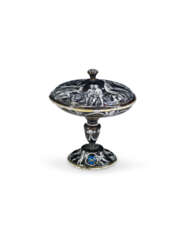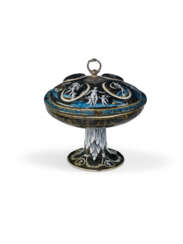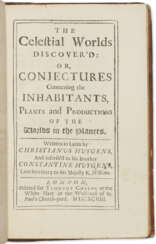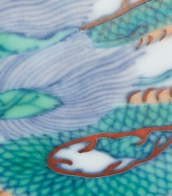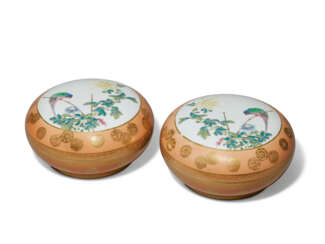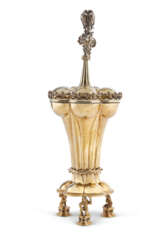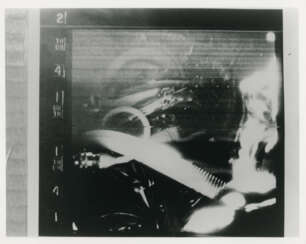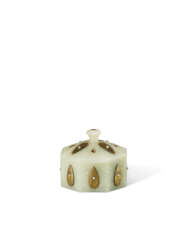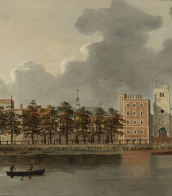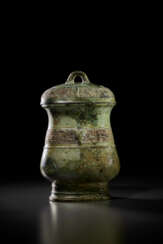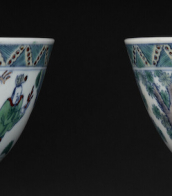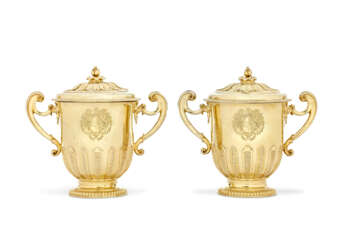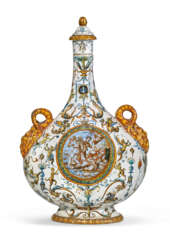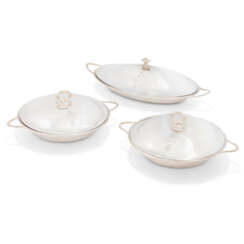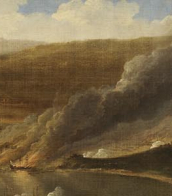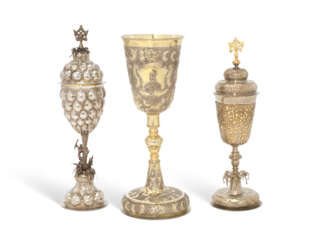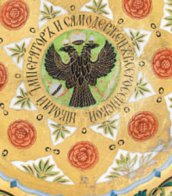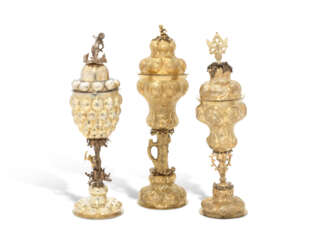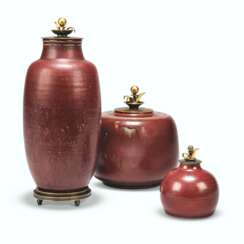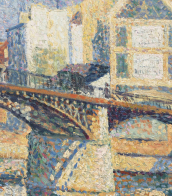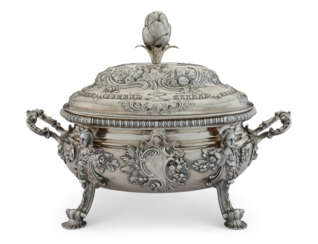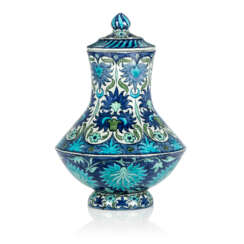cover

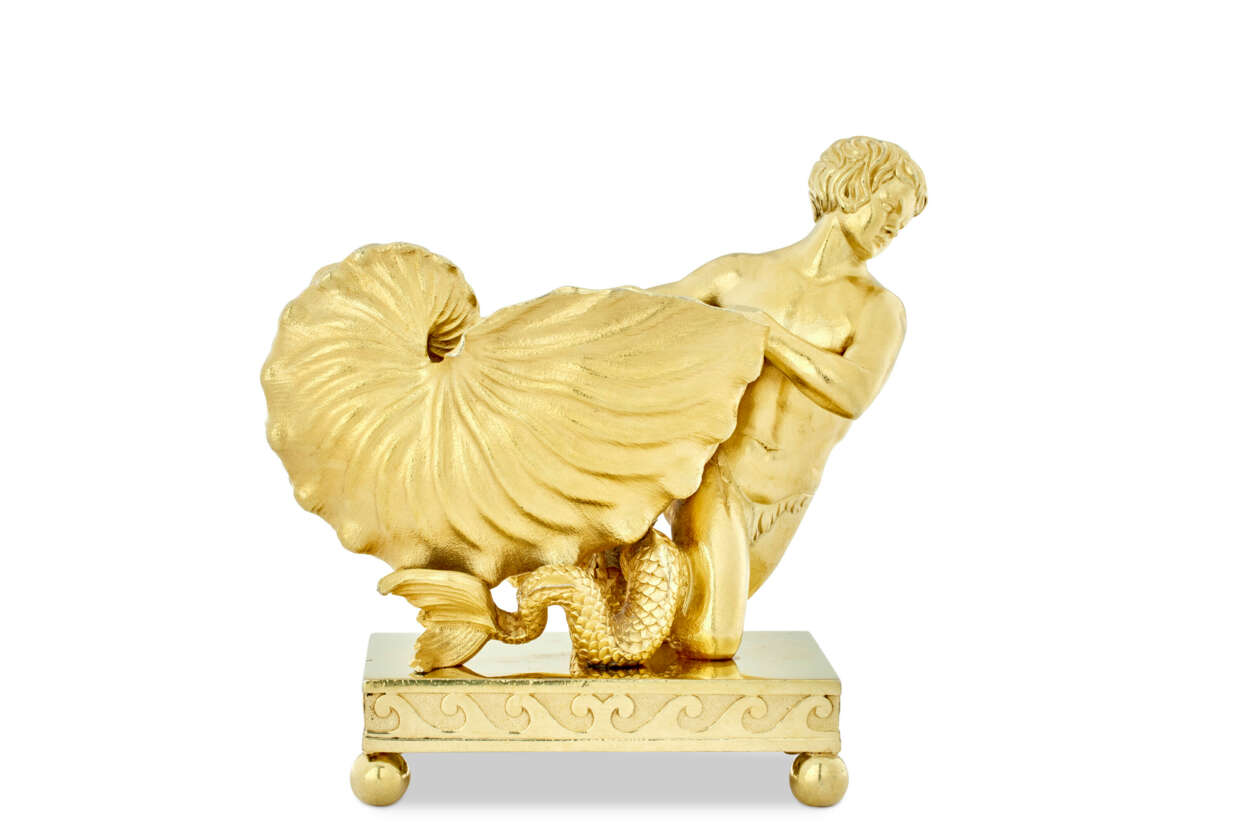
Paul Storr was an English goldsmith and silversmith working in the Neoclassical and other styles during the late 18th and early 19th centuries. His works range from simple tableware to magnificent sculptural pieces made for royalty.
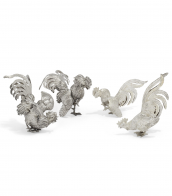
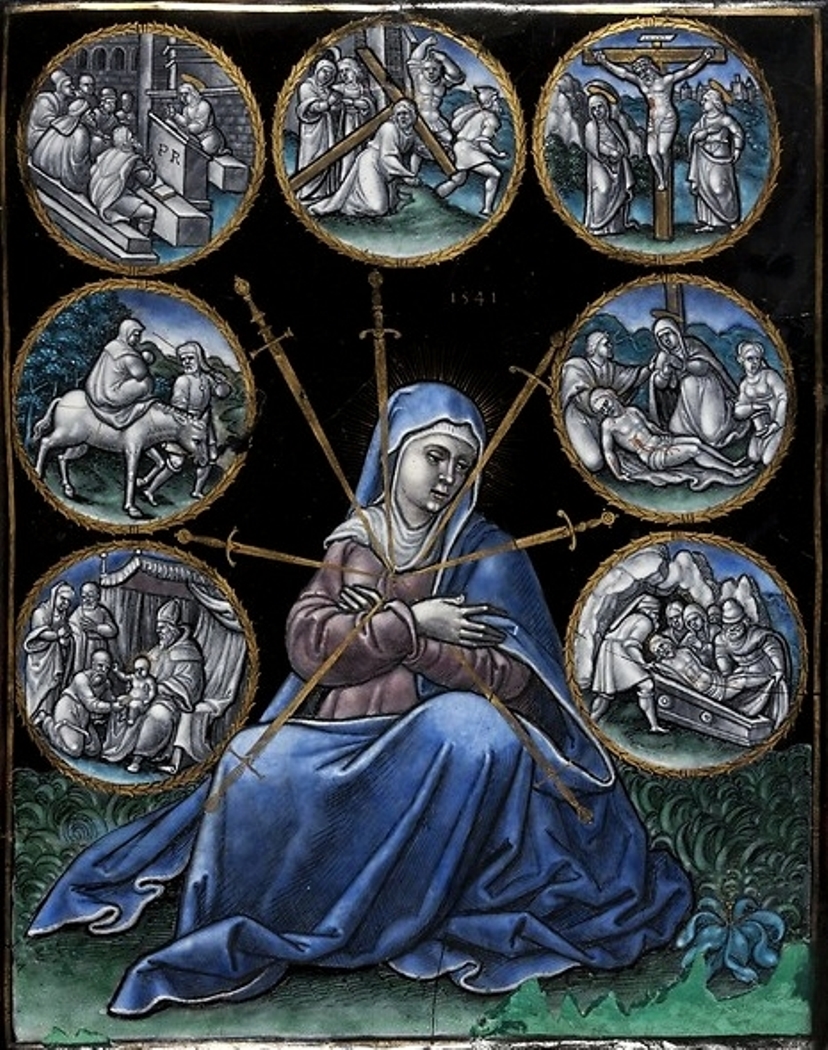
Pierre Reymond was a French painter and enameler.
Reymond ran a large workshop in Limoges, where one of his apprentices was Pierre Court. He specialized in tableware decorated with mythological scenes, including cups, plates, bowls and platters.

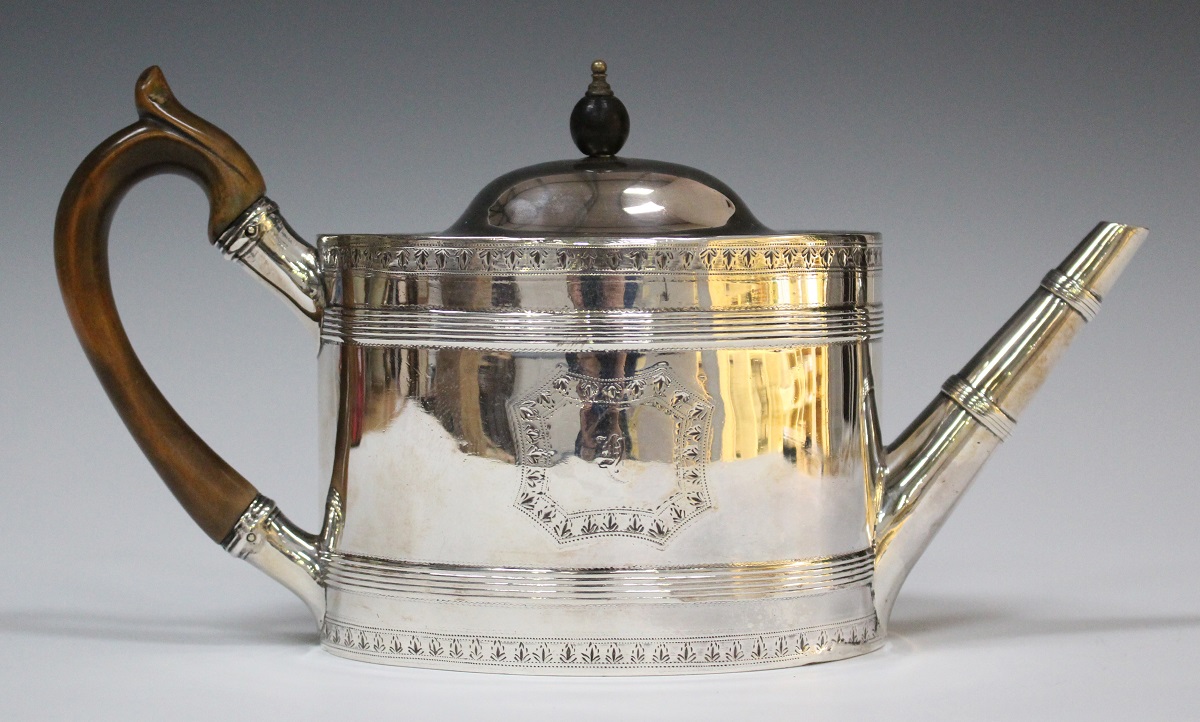
Robert Hennell was an English silversmith and engraver, best known for his work during the Georgian era. He was apprenticed to the silversmith John Scofield before setting up his own workshop in 1763.
Hennell's silver pieces were highly sought after for their quality and craftsmanship. He produced a wide range of objects, from tea services to candlesticks, and his designs were characterized by their elegant simplicity and attention to detail. He also created a number of commemorative objects, including the silver casket presented to Lord Nelson by the City of London in 1800.
In addition to his work as a silversmith, Hennell was also an accomplished engraver, and his work can be found on a number of coins and medals from the Georgian era. He was a member of the Royal Academy and exhibited his work at the Royal Academy exhibitions throughout his career.
Today, Hennell's silver pieces and engravings can be found in the collections of museums around the world, including the Victoria and Albert Museum in London and the Metropolitan Museum of Art in New York. His work continues to be admired for its beauty, quality, and historical significance.
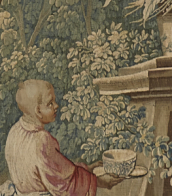

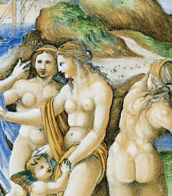

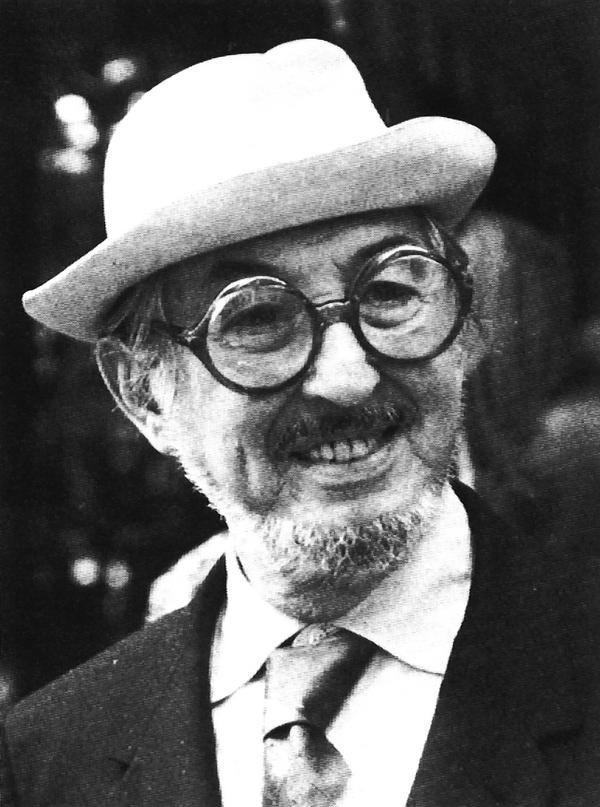
Carlo Scarpa was an Italian architect, influenced by the materials, landscape and the history of Venetian culture, and by Japan. Scarpa translated his interests in history, regionalism, invention, and the techniques of the artist and craftsman into ingenious glass and furniture design.

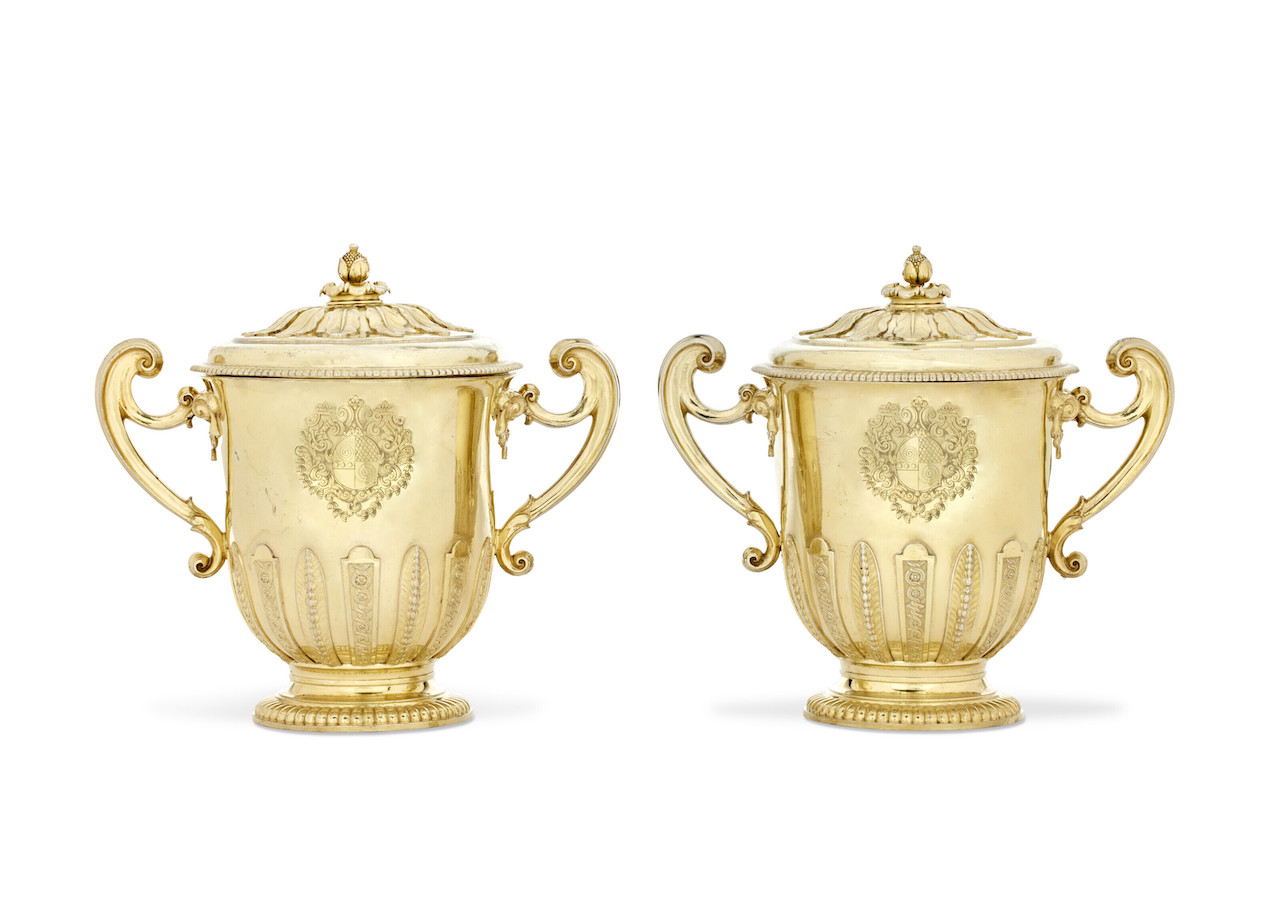
Pierre Platel was a Huguenot silversmith, born c. 1664 in Lille and arriving in England in 1688. He was endowed in 1697, and in 1699 was granted his freedom by ransom, after which he was recorded as a major labourer. Paul de Lamery was taken on as his apprentice in 1703 and remained there until 1713. The paymaster died in 1719. His most significant works belong to the Bentinck or Cavendish families.
